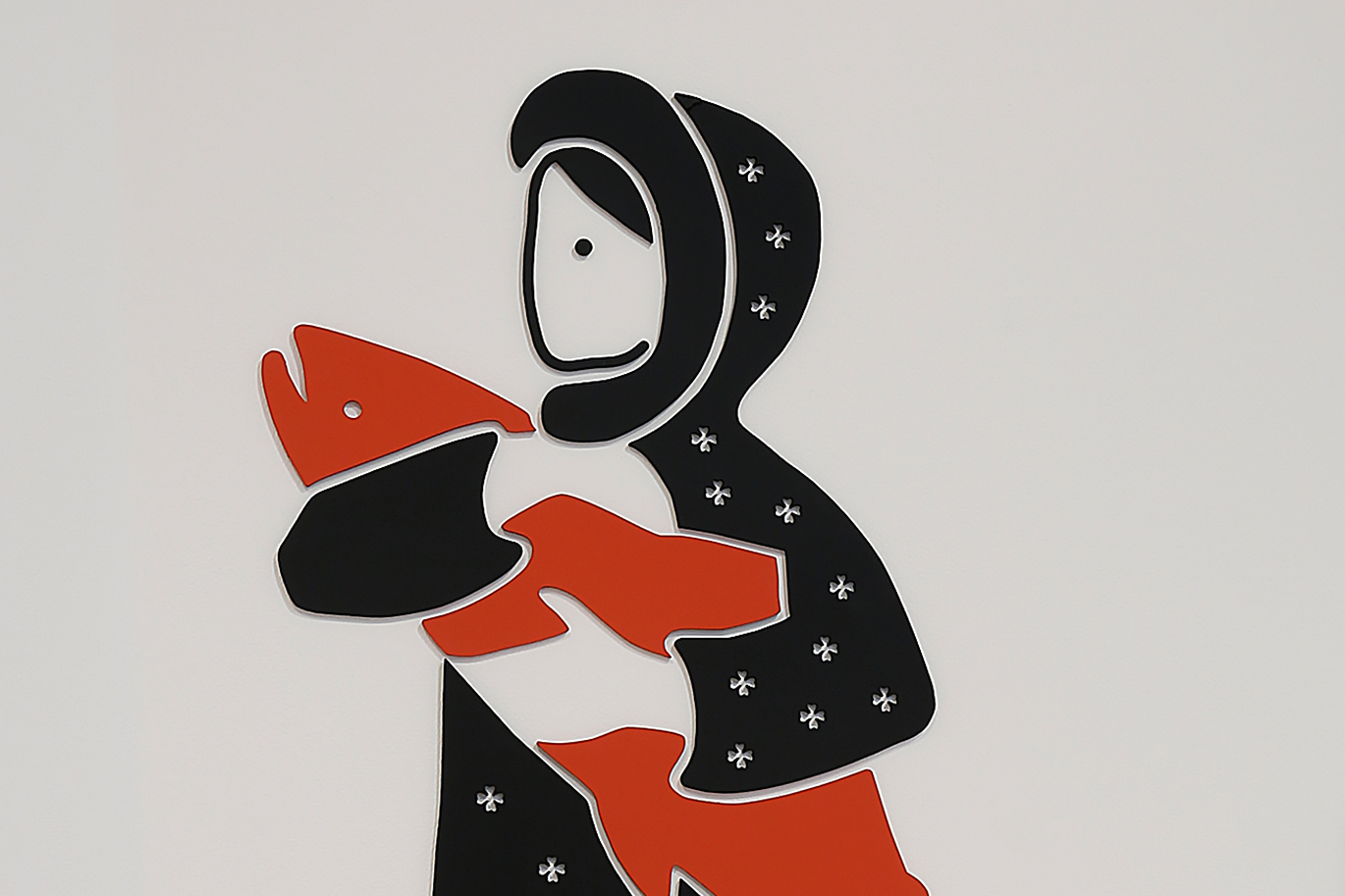Manet and the Impressionists
- Spring 2021
Syllabus Description:
Edouard Manet and Impressionism
Art H 484 and 581
Instructor: Marek Wieczorek
Class times: T/Th 10:30–11:50AM
Office hours: by appointment on Zoom, and right after class.
IMPORTANT: communicating with me should ideally be done in the Zoom sessions when your question is also relevant to others, otherwise right after class is ideal, or through my UW email marek@uw.edu (I do not check the internal Canvas email on a regular basis).
This lecture course and seminar explores the work of painter Edouard Manet (1832-1883) in relation to his peers, who are now identified as "Impressionists". Because Manet is generally acknowledged as one of the great pioneers of modernist painting, his impact on Impressionism but also other forms of modern art cannot be overestimated. And yet, Manet never showed in any of the eight exhibitions that the Impressionist group organized beginning in 1874. Manet in fact first made his name as a "Realist," who shocked his audience because of the frank content of class and contemporary life in his work, which was seen as confrontational and controversial. This course will put most emphasis on Manet's work but also examine the broader milieu within which he and his followers worked. A second important thread running through the course is the question of what happened to vision and the observer in the late 19th century, examined against the background of broader shifts in the humanities and sciences and through a focus on questions of technology, attention, and the body. The works of Manet and the Impressionists represent a rupture with Renaissance or classical models of vision, but can also be seen as emerging from a more systemic shift in the modernization of vision, which manifested itself in social and political realm in various ways. Their art was also produced amidst a larger “crisis in representation” in the philosophy, art, sciences, and politics of the 1860s, 1870s and 1880s that is inseparable from the shape of our modernity today. Building on the groundbreaking scholarship of T.J. Clark, Michael Fried and Jonathan Crary, we will reexamine the question of vision and its historical construction beginning in the 1870s.
Topics and questions introduced in the readings will be explored and further developed in a few pre-recorded lectures but mostly synchronous Zoom classes, with emphasis on the development of specific skills required for art historical argumentation. The class is largely discussion based, and there will be a paper, quizzes and possibly student presentations. Class participation is vital to the success of the class and your grade.
Class Attendance & Participation are vital
We are building this learning community together and a key element of co-creating a shared learning environment is a commitment to active participation in class. The expectation is that you arrive to class having completed all reading and viewing assignments for that day and are prepared to engage in discussion. I will launch a short quiz question during (almost) every class, which will be counted toward your grade. The points you can score for each of these are not much, so these are low-stakes quizzes, but together they add up to 50% of your final grade for the course. I will drop the lowest 3 scores in case you cannot attend some classes (make-up quizzes are only given for valid reasons). Your grade for this portion of the class is thus based on arriving on-time and staying actively engaged for the entire class, active listening and attentiveness to your peers, having access to your notes and questions that arose when you completed your assigned reading, answering the short quiz questions, and respect (including not talking while others are speaking, and making space for everyone in the class to contribute ideas). In this regard, you have a responsibility to the education of everyone in the class, not just to your own. If you have a busy quarter and cannot commit to consistent, full participation in this class, then this is not the class for you.
In short, a large part of your participation grade will come from timely participation in each week’s two Zoom sessions with embedded short quizzes.
LIVE ZOOM CLASS SESSIONS WILL BE RECORDED AND UPLOADED TO PANOPTO
This course is scheduled to run synchronously at our scheduled class time via Zoom. These Zoom class sessions will be recorded. The recording will capture the presenter’s audio, video and computer screen. Student audio and video will be recorded if they share their computer audio and video during the recorded session. The recordings will only be accessible to students enrolled in the course to review materials. These recordings will not be shared with or be accessible to the public.
Course Book
There is no single course book, but weekly mandatory readings are posted in Pdf form in the Modules that contain the Readings and Viewings schedule by week (Pdfs are also found in the Files section of this site), where you will also receive directions on how to read these sources and find quizzes that are often related to the readings and viewings.
Course Objectives:
- You will gain familiarity with the development of Manet's work, also in relation to the works by his Impressionist peers, as well as with several themes that have structured scholarly inquiry into these movements.
- You will learn and refine your knowledge of the elements of visual analysis in modern painting, and develop your skills at communicating visual analysis.
- You will learn how to develop visual description into art historical interpretation.
- You will gain exposure to some of the ways in which art historical scholarship relates visual objects to their historical contexts.
- You will get hands-on experience of engaging with artworks in virtual museum setting.
Grading
Paper: 50 %
Participation (including short quizzes): 50 %
A minimum of a 60 % score is required to pass the course.
Student Courtesy: I value the perspectives of all students in my class and I look forward to the dynamic discussions we will have throughout the semester. Be advised that we may cover material that challenges your viewpoints or beliefs. I ask that students be respectful toward each other in the classroom to foster a comfortable space in which all students feel free to share their perspectives throughout the semester.
Disability Accommodation
- To request academic accommodations due to a disability, please contact Student Disability Services, 448 Schmitz, (206) 543-8924 (V/TTY) or uwdss@u.washington.edu.
- If you have a letter from Student Disability Services requesting academic accommodations, please present this to your instructor on the first day of class.
Violence Awareness and Prevention
- Preventing violence, discrimination, harassment, and retaliation is everyone's responsibility.
- Call 911 for emergency help. Call 206-685-SAFE to report non-urgent threats or concerns.
- SafeCampus: washington.edu/safecampus.
- Concerns about sexual harassment: http://studentlife.washington.edu/?s=title+ix http://depts.washington.edu/livewell/saris/sexual-harassment/
- Don't walk alone. Campus safety guards can walk with you on campus after dark. Call Husky NightWalk 206-685-WALK (9255).
Connect to UW Alert. Register your mobile number to receive instant notification of campus emergencies via text and voice messaging. Sign up online: www.washington.edu/alert
Land Acknowledgment: I would like to acknowledge that I live and work in Salish territory, specifically the lands of the Suquamish and Duwamish and the shared lands and waters of the Tulalip and Muckleshoot. There is a long history of education on this land dating to long before the establishment of this university.



